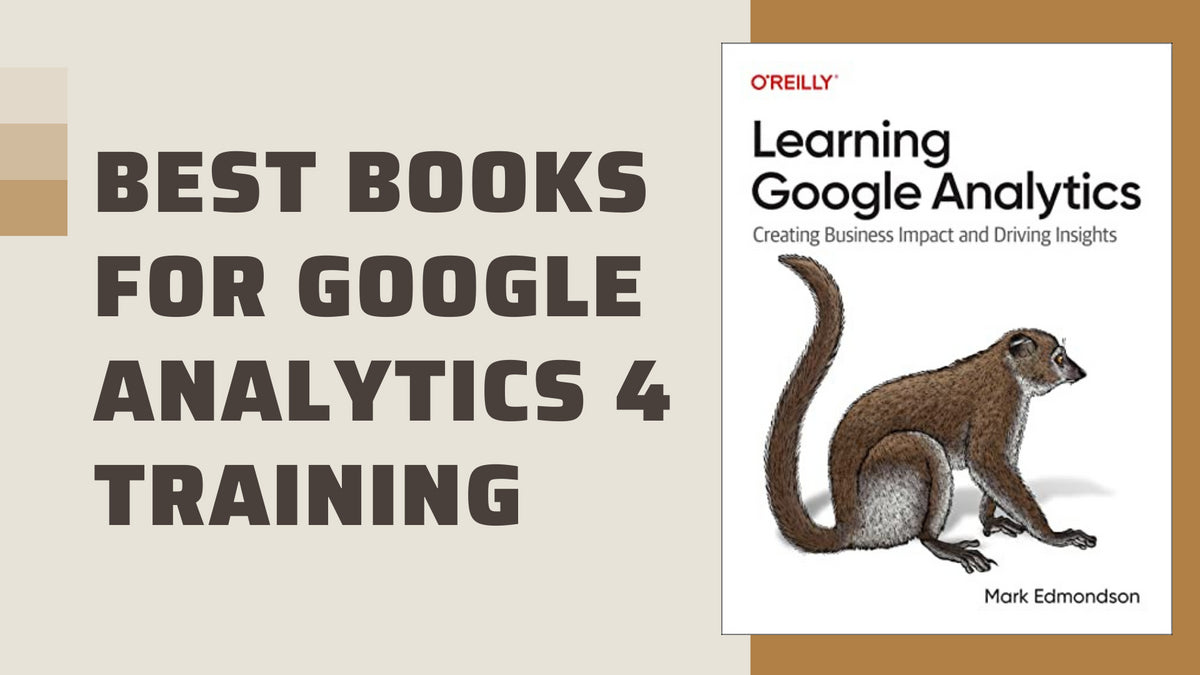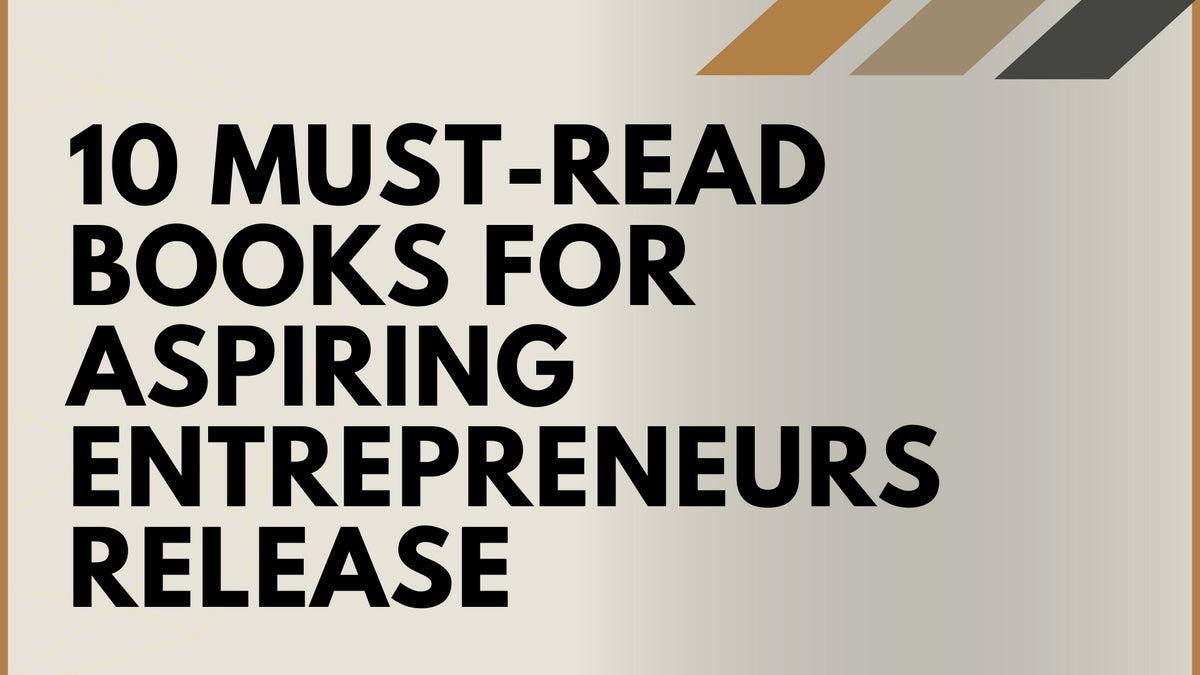Your Cart is Empty
Make it Happen Before Lunch Book Summary: Building Relationships For Success In Sales
Listen To This Article
Build Sales Relationships
One of the most popular formats for business and productivity books, especially for those looking for quick and light reading, is the “book of lists” format, like Stephen Covey’s The 7 Habits of Highly Effective People. These types of books tend to be aimed at the general reader, as opposed to a specific professional audience.Stephan Schiffman’s book Make it Happen Before Lunch differs from most list-based books in that the author is a well-known and seasoned sales trainer, as opposed to an artist or a self-help author, and has a long list of industry-specific literature in print, mainly in sales.
Schiffman, a veteran businessman and entrepreneur most famous for his work in the field of cold-calling and general sales, switches things up with his usual audience by adapting previously suggested sales techniques and adding newer, non-sales-related suggestions to create a list of 50 rules and positive tactics to succeed in the business world.
While Schiffman has written books of lists prior to this volume, most are solely targeted at sales professionals; this is his first book of lists for the general business audience.
Best Sales Practices Build Lasting Relationships
- Strategies designed to help make connections with potential clients
- Strategies for communication
- Practical advice on day-to-day operations
- Sales philosophy for business owners and stakeholders

Featured In This Review
Make It Happen Before Lunch
$9
Learn to communicate with prospective clients at the most critical moments. Find out many other secrets to better day-to-day operations.
SHOP NOWMake it Happen Before Lunch Book Summary
Schiffman’s based this book’s title off the motto of the late talent agent Irving “Swifty” Lazar, a successful and well-known negotiator and businessman himself with a long list of famous (and infamous) clients.
To illustrate Lazar’s way of thinking, Schiffman lays out the very first rule in the book Throw Out the Ball, an old chestnut – and training exercise - from Schiffman’s older sales books, making the point that in communication with potential partners or clients, the conversation should work almost like a game of catch; when a ball is thrown to a person, that person usually throws it back.

The goal of the conversation should be to move forward in a relationship, however big or small that movement is, with the end goal being a positive course of action together. It is this act that the author argues was what Lazar meant by “something” happening. Another great book on negotiation is Winning Through Intimidation.
Want to buy a book review like this?
Click here to learn how to get your book reviewed!
The book is broken into three different sections, with the 50 rules/tactics split not quite evenly between them.
The first part, dedicated to “getting obsessed about the right stuff,” deals primarily with core initial contact strategies and preparation, and is the largest section of the book.
The second part, all about getting to “the next step” with potential clients, involved refining communication strategies, gathering information, and strategies for presentations to clients. For another excellent read on this subject pick up the book The Ultimate Sales Machine.
The last and shortest section of the book, all about “toughing it out,” is designed as a sort of motivational and advisory section on dealing with both negative responses from prospective clients and strategies for closing sales.

A brisk and evergreen read at less than 200 pages, Make It Happen Before Lunch has a quality that works both as a strength and a weakness at the same time, and that quality is the point of view of the author. Stephan Schiffman has been training salespeople for over 40 years professionally, and as a result of the business culture in which he has thrived, his advice is both plain-spoken, values-oriented, and rooted in both hard work and persistence.
For the most part, this is not only sound business advice, but also sound life advice, and is most welcome to both business newcomers and highly scrupulous, veteran business specialists. A comparable book would also be It’s Called Work For A Reason!
Very little of the book addresses a lot of modern office setups, or the proliferation of mobile phones that allow potential clients to automatically screen calls. While the book was initially written a while ago (certainly before social media networking became the norm), phone trees, email and chat-based contact are not brought up much.

Outside of that, there are a few curiosities in the setup of the book that don’t help, like that fact that many of the rules/tactics repeat themselves unintentionally (though this is not an issue specifically with Schiffman, but with many similar authors) and the irony of one rule (“Understand That People Communicate in Stories”) is that it contradicts the book’s subtitled subject, which refers to these rules/tactics as “cut-to-the-chase” strategies. Building a StoryBrand is a wonderful book about improving communication and telling your story in an easy digestible way.
With that in mind, there are a number of good practices and rules of thumb to keep in mind that Schiffman drops throughout the book. Keeping in mind things like the fact that most people generally plan their schedules out in a two-week window, the need for persistence in prospecting, remembering the law of averages when it comes to successful sales, the need to expect initial negative reactions with new potential clients and the importance of believing in one’s own operational value. Another amazing sales book that I highly recommend is The Challenger Sale.

Overall, the book succeeds with its main goal of laying out helpful information to the average entrepreneur, though it still relies primarily on the sales side of advice. This isn’t terribly shocking, considering the author’s primary business background, though it brings to mind the old saying that when one has a hammer, every problem looks like a nail. For more wonderful little one liners like that pick up the book Tools of Titans by Tim Ferriss.
While prospecting for sales and networking are a very large part of most businesses’ success, little to no information on other aspects of business is discussed. For that, one might want to try Schiffman’s more in-depth, entrepreneur-centric book Make it Your Business, or read the book about Salesforce’s meteoric sales growth: Predictable Revenue.
About The Author Stephan Schiffman
Having over four decades of experience in the area of cold selling techniques, Certified Management Consultant Stephan Schiffman has trained more than half a million business professionals in over 9,000 companies all around the world. He has acted as a sales consultant for some of the world's biggest tech companies, such as IBM and AT&T, as well as for Sprint, Motorola, and the health insurance services organization CIGNA.In 1979, Stephan Schiffman founded D.E.I. Management Group, which is the largest company in the US that is focused on sales training. Headquartered in Manhattan, New York, the business is just one of several that he uses to help companies implement strategies that increase their sales, the others being Steve Schiffman Consulting and Steve Schiffman.com.
In addition to having run successful consulting firms for decades, Stephan Schiffman is also the author of over 70 business books that have become best-sellers, some of which are, Cold Calling Techniques (That Really Work!), Closing Techniques (That Really Work!), The 25 Sales Skills They Don't Teach at Business School and The 25 Most Common Sales Mistakes, just to name a few. All of his books have been read by millions of business professionals across the globe, and there are audio versions of his writings as well.
Before becoming a motivational sales trainer, Stephan Schiffman was a broadcasting executive who later joined the financial industry when he obtained an accounting position at a brokerage firm. Because his vast knowledge of how to use productive sales techniques and business strategies has helped a great number of major companies, he has frequently been asked to appear on business and finance shows on CNBC such as Smart Money, Steals and Deals and Money Talks. He has also been a guest on several other shows of this genre on other networks.
Stephan Schiffman attended Ithaca College in New York, where he graduated with a Bachelor of Fine Arts degree in Communications. The many years that he has dedicated to the sales industry as a trainer, consultant and motivational speaker has garnered him several honors and awards such as being rated as the Number One Sales Expert in Prospecting by Personal Selling Power magazine, and being named the Mentor of the Year in 2019. He is also the President of Schiffman Morrison Asia, a firm that is focused on providing sales training and coaching in the Asian Pacific Market.
Want to buy a book review like this?
Click here to learn how to get your book reviewed!
Leave a comment
Comments will be approved before showing up.
Also in Books

The Best Books for Google Analytics 4 (GA4) Training
Unlock the secrets of Google Analytics 4 with our curated list of the best GA4 training books for 2023! Dive deep into actionable insights, master advanced techniques, and lead the digital analytics revolution. Don't get left behind; discover the ultimate resources to dominate GA4. Click now to elevate your skills!
Read More
10 Must-Read Books for Aspiring Entrepreneurs
Do you dream of starting your own business? If so, you need to read this article! We've compiled a list of 10 must-read books for aspiring entrepreneurs. These books will provide you with the knowledge and inspiration you need to turn your dream into a reality. Click here to read the article and learn more!
Read More
Top 15 Books on Personal Finance
Are you looking for a safe and informative place to learn about personal finance? If so, you've come to the right place! This article discusses the top 15 personal finance books on the market, all of which are sure to help you improve your financial situation without any explicit sexual descriptions or that is sexually suggestive in nature or is primarily intended to cause arousal.
Read More